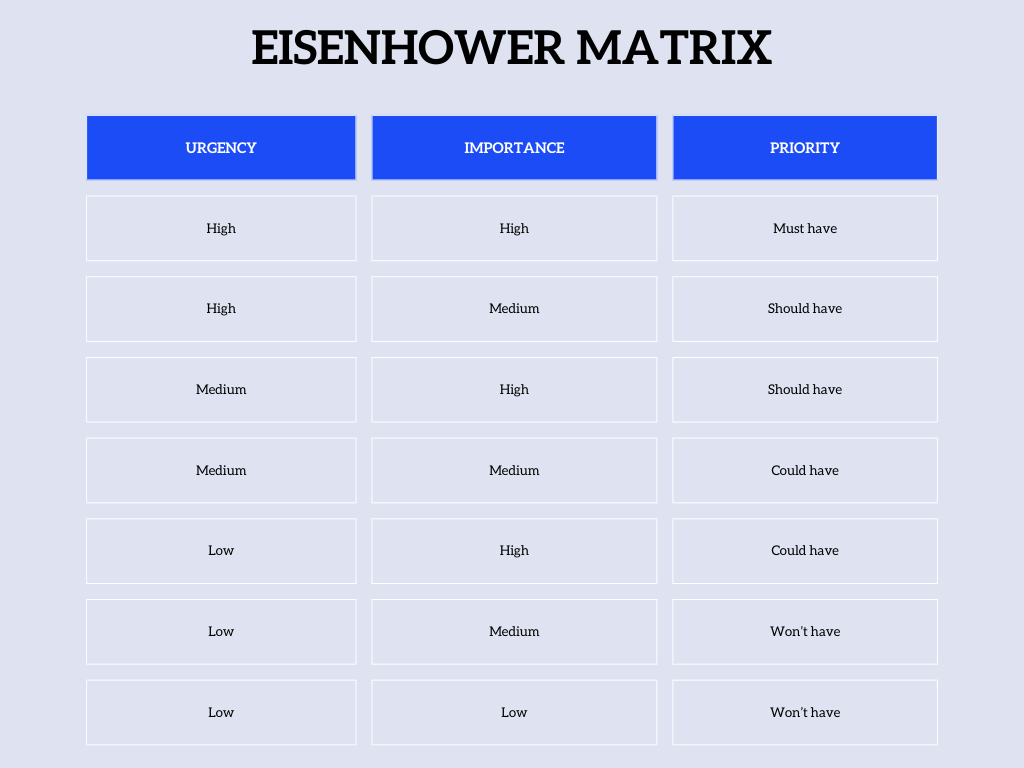How to Identify Employee Training Needs
As the Australian economy continues to evolve, businesses are facing an increasingly competitive talent landscape.

To stay ahead of the curve, organisations need to ensure that their employees possess the skills necessary to meet the demands of the present and the future. This requires a proactive approach to identifying employee training needs, a process that empowers businesses to bridge the skills gap and foster a workforce capable of driving innovation and competitiveness.
The National Skills Needs Survey 2021, conducted by the Australian Bureau of Statistics (ABS), provides valuable insights into the skills needs of Australian businesses. The survey found that businesses are increasingly looking for employees with skills in digital technologies, customer service, and problem-solving. These findings highlight the critical importance of identifying and addressing employee training needs in these key areas. Businesses can tailor their training and development programs to address the specific skill gaps within their workforce. This targeted approach ensures that training investments are maximised, leading to a more skilled, productive, and adaptable workforce.
Why is it important to identify employee training needs?
Before we dive into the process of identifying employee training needs, let’s first understand why it is essential.
Addressing knowledge gaps
Identifying employee training needs allows you to address any knowledge gaps that may exist within your company. Invest in employee training to enhance their skill set and increase productivity.
Improving employee performance
Employee training needs are not just about addressing knowledge gaps; it is also about improving employee performance. Tailored training empowers employees to acquire new skills and knowledge, leading to excellence in their roles.
Boosting employee morale
Employer investment in growth fuels morale and motivates employees. Addressing training needs and providing career growth opportunities fosters a positive work environment and enhances employee satisfaction.
Retaining top talent
Investing in employee training can also help you retain top talent within your company. When employees feel that they are constantly learning and developing, they are more likely to stay with the company and contribute to its success.
How to identify employee training needs
Now that we understand the importance of identifying employee training needs let’s discuss the steps you can take to do so effectively.
Conduct a training needs assessment
The first step in identifying employee training needs is to conduct a training needs assessment. Assess your employees’ skills and address any gaps.
You can conduct a training needs assessment through surveys, interviews, and performance evaluations. This will help you understand the specific areas where your employees need training and development.
Analyse job descriptions and performance reviews
Another way to identify employee training needs is to analyse job descriptions and performance reviews. Job descriptions and performance reviews reveal skill gaps.
These documents can help you identify any gaps in skills or knowledge that may need to be addressed through training.
Seek feedback from employees
Your employees are a valuable source of information when it comes to identifying training needs. They can provide insights into the challenges they face in their roles and the skills they feel they need to develop.
Consider conducting surveys or holding focus groups to gather feedback from your employees. This will not only help you identify training needs but also show your employees that their opinions and development are valued.
Analyse industry trends and competitor strategies
It is also essential to keep an eye on industry trends and competitor strategies when identifying employee training needs. This will keep your employees’ skills relevant and competitive.
Keep up with industry and competitor trends to spot skill gaps and address them through training.
Use technology to track performance and identify gaps
Technology can be a valuable tool in identifying employee training needs. Analyse employee performance data from the Learning Management System (LMS) and other tools to identify training needs.
These tools can also help you track the effectiveness of training programs and make adjustments as needed to ensure that your employees are getting the most out of their training.
Examples of employee training needs
Now that we have discussed how to identify employee training needs let’s look at some common examples of training needs that may arise within a company.
Technical skills training
With technology constantly evolving, employees may need training to keep up with the latest tools and software used in their roles. This could include training on new software, programming languages, or other technical skills.
Soft skills training
Such as communication skills, time management, and leadership, are essential for success in any role. However, not all employees may possess these skills, and training can help them develop and improve in these areas.
Compliance training
Certain industries have strict regulations and compliance requirements that employees must adhere to. Providing training on these regulations and requirements is crucial to ensure that your employees are following the necessary protocols.
Sales and customer service training
For companies that rely on sales and customer service, providing training in these areas is crucial. This could include training on sales techniques, customer service best practices, and how to handle difficult situations.
Diversity and inclusion training
In today’s diverse workplace, it is essential to provide training on diversity and inclusion. Cross-cultural training can foster understanding and respect among employees, promoting a more inclusive and harmonious workplace.
A strategic approach to align training needs
Identifying training needs is the first step in developing a successful training program. However, simply identifying needs is not enough. It is important to align these needs to make the most of your training budget and resources.
A strategic approach to aligning training needs involves considering the following factors:
- Impact: Which training needs will have the greatest impact on the company’s bottom line?
- Urgency: Which training needs are most urgent to address?
- Achievable: Which training needs are feasible to address given the company’s resources?
Once you have considered these factors, you can use a variety of tools and techniques to align your training needs. Some common methods include:
- Pareto analysis: This method identifies the 80% of training needs that will have the greatest impact on the business goals.
- The Eisenhower matrix: This matrix helps to categorise training needs based on their urgency and importance.
- The MoSCoW method: This method classifies training needs into four categories based on priority: Must have, Should have, Could have, and Won’t have.
By following a strategic approach to aligning training needs, you can ensure that your training programs are focused on the most critical needs of your company. This will help to maximise the return on investment for your training programs.
Here are some additional tips for aligning training needs:
- Involve stakeholders: Get input from stakeholders such as customers, employees and managers to identify the most important training needs.
- Use data: Collect and analyse data to identify trends and patterns that can help you to align training sessions.
- Be flexible: Be prepared to adjust your priorities as needed based on changing circumstances.
By following these tips, you can develop training content that will meet the needs of your company and its employees.
Here is an example of how to align training needs using the Eisenhower matrix:

As you can see, the Eisenhower matrix helps to categorise training needs based on their urgency and importance. This can be a helpful tool for making decisions about which training needs to address first.
Aligning training needs is an important step in developing a successful training program. By following a strategic approach and using the tools and techniques available to you, you can ensure that your training programs are focused on the most critical needs of your company.
Who is responsible for identifying employee training needs?
Identifying employee training needs is a collaborative effort that involves various stakeholders within a company. HR professionals, managers and employees themselves all play a role in identifying training needs and developing training programs.
HR professionals are responsible for conducting training needs assessments, analysing data, and developing training programs that address the identified needs. Managers can provide insights into the skills and knowledge required for their teams, and employees can provide feedback on their training needs.
Rate Your Current Training Program
Evaluate your organisation’s training effectiveness across multiple dimensions
Overall Assessment
0 = Not Implemented
1 = Partially Implemented
2 = Fully Implemented
Identifying employee training needs is a crucial step in developing an effective training program. To pinpoint your employees’ training needs, assess them through job descriptions, performance reviews, employee feedback, and staying informed about industry trends.
By using focused training programs to meet these needs, you can enhance employee performance, elevate morale, and keep top talent in your company. Keep in mind, that investing in employee training is crucial for your company’s growth and success. Regularly identifying and addressing training needs is essential.
Ready to improve your score?
Book a free consultation with our experts and discuss your training needs.

 HR Core
HR Core 









